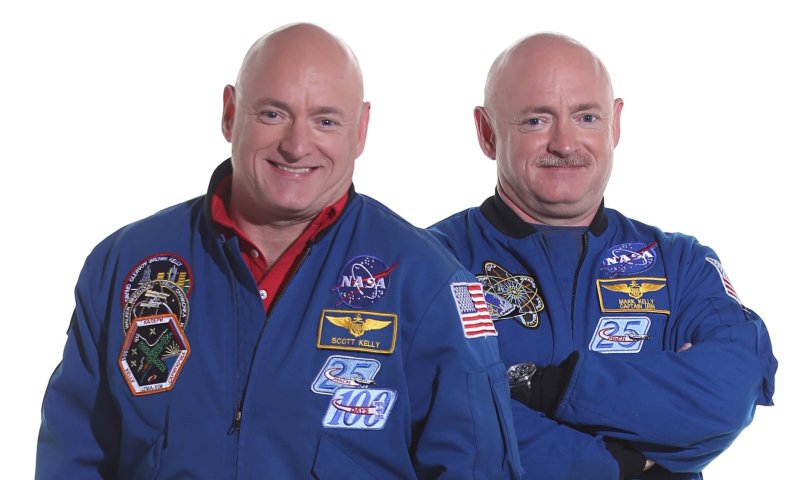The GLP aggregated and excerpted this blog/article to reflect the diversity of news, opinion and analysis.
Scott Kelly has returned to Earth after spending 340 consecutive days in orbit (the most of any American). Over the coming months, NASA scientists will continue to analyze the countless vials of blood, swabs of DNA, and various body scans that Kelly and his identical twin brother Mark have provided this past year. While Kelly’s year in space is plenty enough to warrant a study of the physiological functioning of every organ in his body, the fact that NASA has been able to simultaneously study his twin brother makes the study that much more powerful.
Twins present scientists with a unique opportunity. While the environment has only small effects on certain traits like height, epigenetics has been found to strongly influence many kinds of cancer, autoimmune diseases, and psychiatric disorders. By following identical twins over long periods of time, researchers can find out which genes and which environmental factors together may cause a certain disease to arise.
As identical twins, Scott and Mark Kelly share exactly the same genes, but for the past year, their environments have been completely different. Scott has spent the past year in a very atypical, microgravity environment, while Mark has spent it in a much more natural environment here on Earth. All the while, NASA has been running almost every medical test they can on both of them. So when they analyze the results, they will attempt to better understand the effects that long term space travel has on the human body.
Read full, original post: Here’s why twin studies are so important to science and NASA































